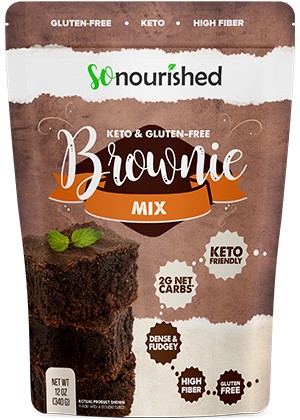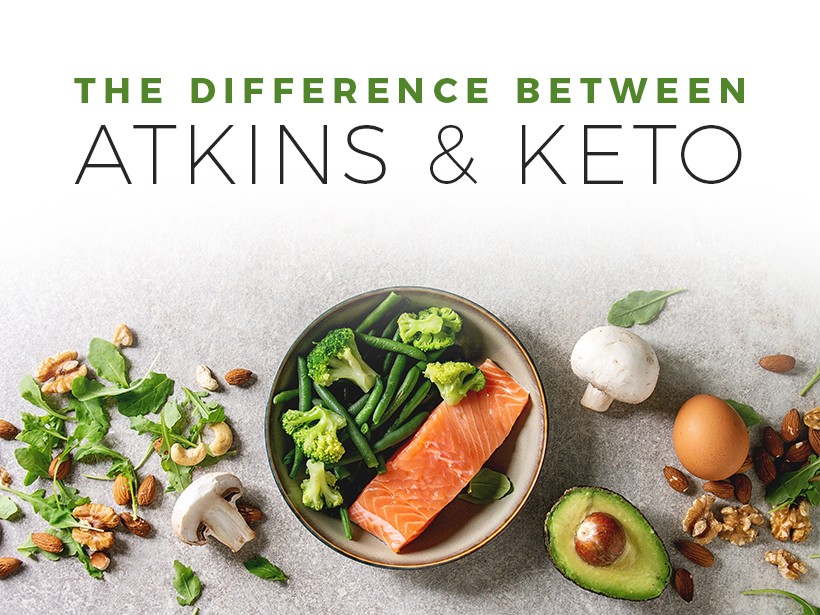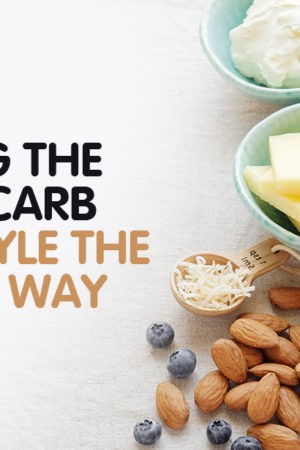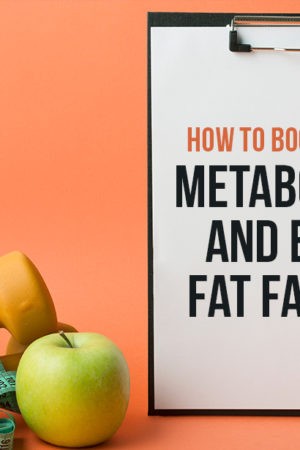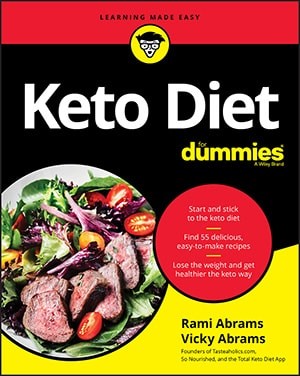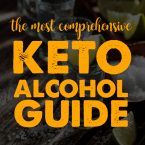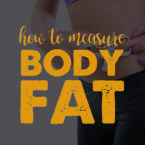In the low-carb diet world, keto has often rivaled the Atkins diet, both of which primarily target weight loss. However, because both diets are low-carb, confusion is common regarding the differences between the two diets and the unique benefits each offers. At the forefront, both diets promise weight loss by allowing bulletproof coffee and lots of bacon.
Atkins is short-term; Keto is lifestyle with long-term benefits
A crucial difference between the two diets is that the keto diet attempts to change the body’s metabolic fuel in the long-term whereas Atkins is a short-term weight loss plan that guides a dieter through four phases, each of which slowly increases carb intake. Only the first phase of Atkins is similar to the keto diet with a carb intake of 20-25 grams of net carbs.1 This restrictive carb limit during the introductory period places the body in ketosis, a state in which the body burns ketones rather than glucose for metabolic fuel.
However, the subsequent Atkins phases allow for 50, 80, and 100 grams of carbs respectively, taking the body out of ketosis.2 Only the introductory phase of Atkins offers the rapid weight loss associated with ketosis. On the keto diet, the body will be in ketosis throughout the diet, utilizing ketones and breaking down fat within cells. The long-term use of ketones as fuel increases insulin sensitivity (fighting Type 2 diabetes), triggers the creation of antioxidants in the mitochondria, and brings about a host of other health benefits.
Keto prevents muscle breakdown
Another difference between the two diets is that Atkins does not limit protein intake. Only limiting carb consumption (and not the protein limit) allows the body to simply switch from utilizing glucose to leveraging the amino acids in protein to make new glucose molecules through a process called gluconeogenesis. Excess protein combined with a low-carb intake can induce gluconeogenesis, breaking down muscle instead of fat. In the keto diet, protein and fat are limited to 20 percent and 75 percent of total calories, respectively, to prevent gluconeogenesis and encourage ketosis. The keto diet entirely replaces glucose with ketones as the primary energy source, unlike the Atkins diet which potentially relies on amino acids in the first phase and on glucose for the last three stages of the diet.
Keto promotes long-term, low-carb health
While some may argue that Atkins is the more sustainable diet due to the slow reintegration of carbs, the Atkins diet only harnesses the health benefits of a low-carb diet in the first phase. The keto diet exploits the long-term benefits of ketosis, driving a healthy, sustainable lifestyle.
NUTRITIONAL DISCLAIMER
The content on this website should not be taken as medical advice and you should ALWAYS consult with your doctor before starting any diet or exercise program. We provide nutritional data for our recipes as a courtesy to our readers. We use Total Keto Diet app software to calculate the nutrition and we remove fiber and sugar alcohols, like erythritol, from the total carbohydrate count to get to the net carb count, as they do not affect your blood glucose levels. You should independently calculate nutritional information on your own and not rely on our data. The website or content herein is not intended to cure, prevent, diagnose or treat any disease. This website shall not be liable for adverse reactions or any other outcome resulting from the use of recipes or recommendations on the Website or actions you take as a result. Any action you take is strictly at your own risk.
- The Difference Between Atkins and Keto - July 29, 2019







